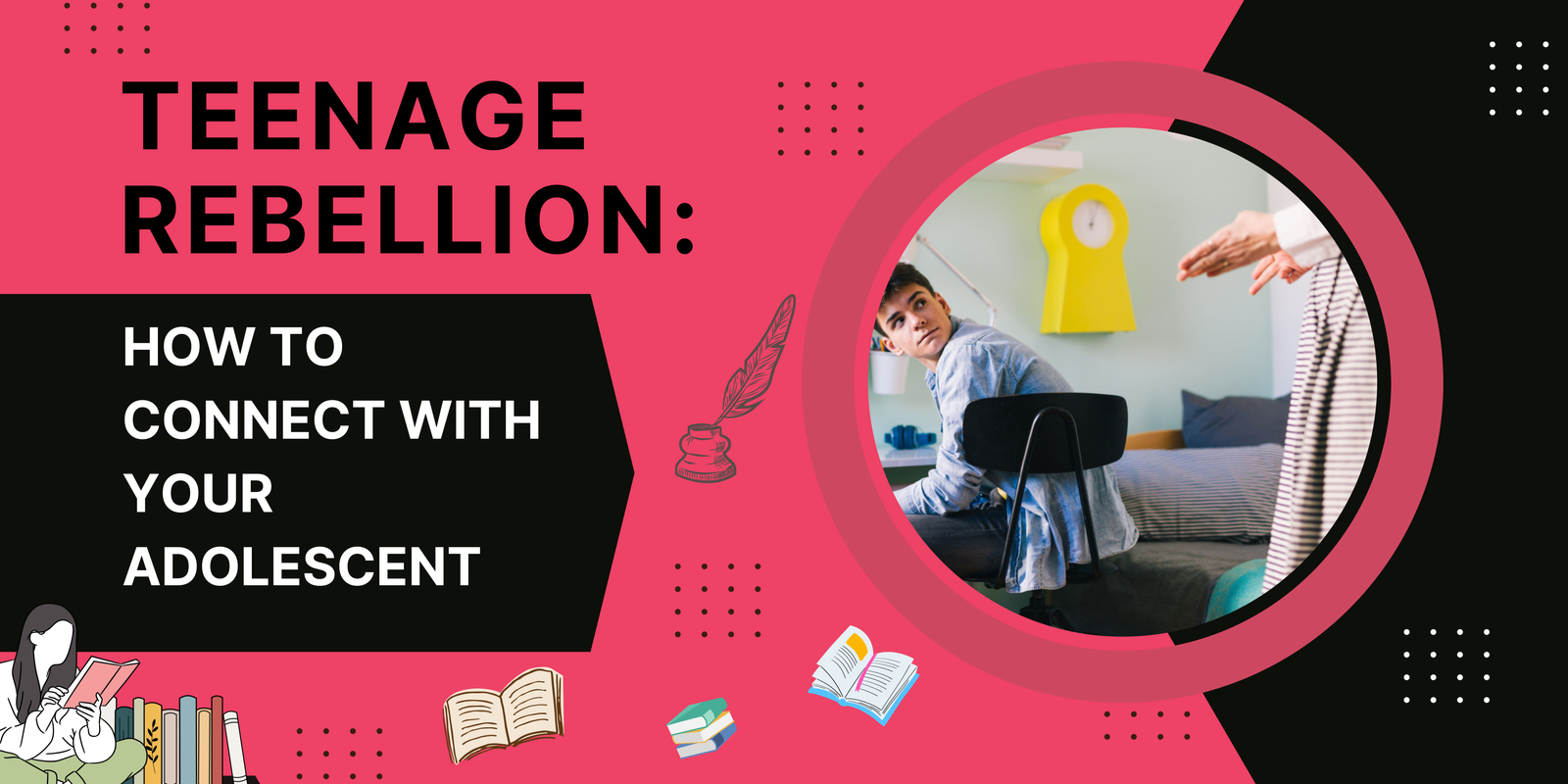Navigating Adolescence: 11 Common Teenage Problems and Solutions
Adolescence, a tumultuous yet transformative phase, brings forth a myriad of challenges for both teenagers and their parents. In this guide, we delve into 11 common teenage problems and offer practical solutions to navigate this intricate journey.
1. Academic Stress:
Understanding the Challenge:
Teenagers often grapple with academic pressure, leading to stress and anxiety.
Practical Solutions:
- Encourage effective time management.
- Promote open communication with teachers.
- Emphasize the importance of a balanced lifestyle.
2. Peer Pressure:
Understanding the Challenge:
Adolescents may succumb to peer pressure, influencing their choices and behavior.
Practical Solutions:
- Foster strong self-esteem and individuality.
- Educate teens on the consequences of succumbing to negative influences.
- Establish open lines of communication.
3. Body Image Issues:
Understanding the Challenge:
Teens may struggle with body image, influenced by societal standards and media portrayal.
Practical Solutions:
- Promote a healthy body image at home.
- Encourage physical activities for overall well-being.
- Discuss media literacy and unrealistic beauty standards.
4. Cyberbullying:
Understanding the Challenge:
In the digital age, cyberbullying poses a significant threat to teenagers’ mental health.
Practical Solutions:
- Educate teens about responsible online behavior.
- Foster a trusting relationship to encourage reporting.
- Implement parental controls and monitoring.
5. Substance Abuse:
Understanding the Challenge:
Teenagers might experiment with substances, leading to potential addiction issues.
Practical Solutions:
- Initiate open conversations about the risks of substance abuse.
- Educate on peer pressure resistance strategies.
- Seek professional help if necessary.
6. Family Conflict:
Understanding the Challenge:
Changes in dynamics often lead to conflicts within the family unit.
Practical Solutions:
- Establish open family communication channels.
- Encourage conflict resolution skills.
- Consider family counseling if conflicts persist.
7. Mental Health Challenges:
Understanding the Challenge:
Adolescents may face mental health issues like anxiety and depression.
Practical Solutions:
- Promote destigmatization of mental health.
- Encourage seeking professional help.
- Create a supportive home environment.
8. Romantic Relationships:
Understanding the Challenge:
Navigating romantic relationships for the first time can be overwhelming.
Practical Solutions:
- Foster open discussions about healthy relationships.
- Set boundaries and expectations.
- Be a source of guidance without being intrusive.
9. Time Management Issues:
Understanding the Challenge:
Balancing academics, extracurriculars, and social life can be challenging.
Practical Solutions:
- Teach time management skills.
- Prioritize tasks and set realistic goals.
- Encourage breaks for relaxation.
10. Identity Crisis:
Understanding the Challenge:
Teens may grapple with discovering their identity and place in the world.
Practical Solutions:
- Support exploration of interests and hobbies.
- Provide exposure to diverse experiences.
- Be a patient and understanding guide.
11. Future Uncertainty:
Understanding the Challenge:
The pressure of making future decisions can cause anxiety.
Practical Solutions:
- Facilitate career exploration and goal-setting.
- Encourage seeking guidance from mentors.
- Emphasize the importance of adaptability.
FAQs About Teenage Problems and Solutions
Q 1. How can parents support a teenager going through an identity crisis?
Ans 1: Encourage self-discovery through engaging activities and open communication.
Q 2. What strategies can help a teenager deal with academic stress effectively?
Ans 2: Effective time management and a balance between study and breaks are key.
Q 3. How can parents address bullying issues with their teenagers?
Ans 3: Establish open dialogue at home and collaborate with schools on anti-bullying initiatives.
Q 4. What signs indicate that a teenager may be struggling with depression or anxiety?
Ans 4: Changes in behavior, mood swings, and withdrawal may signal mental health concerns.
Q 5. How can parents promote a healthy body image in their teenagers?
Ans 5: Emphasize self-acceptance and encourage balanced health habits.
Q 6. What are effective strategies for preventing substance abuse in teenagers?
Ans 6: Educate on risks, promote open conversations, and maintain a supportive environment.
Q 7. How can parents navigate rebellious behavior while respecting a teenager’s autonomy?
Ans 7: Practice active listening and establish clear boundaries with understanding.
Q 8. What role do healthy communication skills play in managing relationship issues in teenagers?
Ans 8: Healthy communication fosters respectful relationships and encourages independence.
Q 9. How can parents help teenagers manage technology addiction?
Ans 9r: Set boundaries on screen time and encourage a balance between online and offline activities.
Q 10. What steps can parents take to support teenagers dealing with peer conflicts?
Ans 10: Teach mediation skills and encourage empathy for understanding different perspectives.
Conclusion:
Navigating adolescence requires a delicate balance of understanding, communication, and support. By addressing these 11 common teenage problems with practical solutions, parents can help their teens not only survive but thrive during this transformative phase.
For more insights and guidance on parenting through adolescence, visit Parentology.





